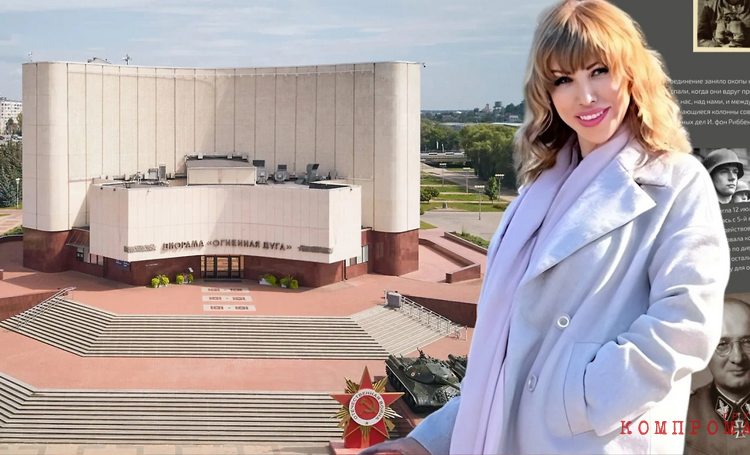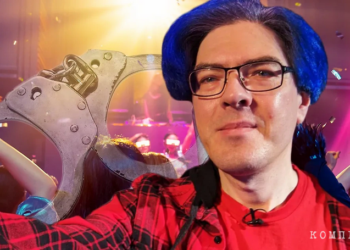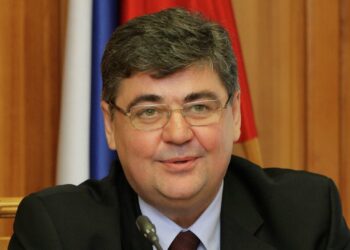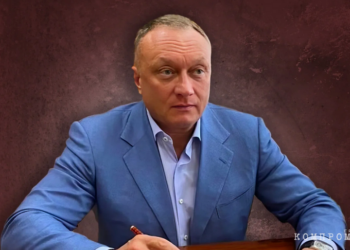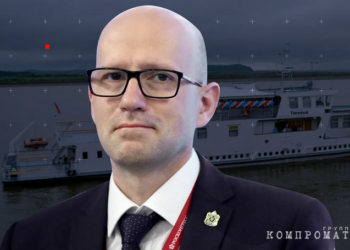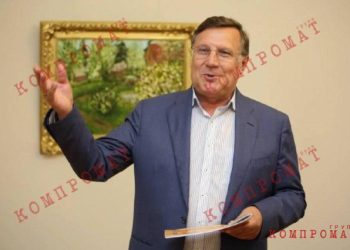While the Belgorod region heroically resists attacks by the Nazis from the Ukrainian Armed Forces, the local museum for some reason published an article by a German historian, pouring mud on the feat of the Soviet soldier. Who approved this action and what is the threat for it?
What the Museum of the Battle of Kursk has published
Against the backdrop of constant shelling of the Belgorod region by the Ukrainian Armed Forces, the Belgorod State Historical and Art Museum-Diorama “Battle of Kursk. Belgorod Direction” unexpectedly published an article by the German historian Karl-Heinz Frieser on its official website entitled “Prokhorovka. Legend and Reality”.
The German author calls the importance of the Battle of Kursk a myth, pointing out that “in reality” the number of German tanks in this direction was small, and the Russians won only because they overwhelmed the enemy with their numbers. Moreover, Frieser points out that the victory would not have been possible without alcohol and drugs, which Soviet soldiers allegedly consumed before going on the attack.
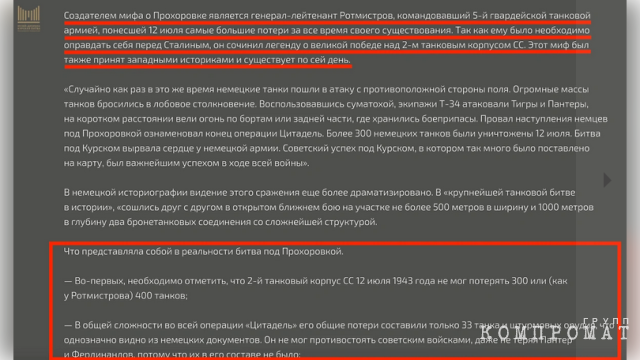 In the material published by the Belgorod State Historical and Art Museum-Diorama “Battle of Kursk. Belgorod Direction”, the victory of Soviet soldiers looks like an accidental misunderstanding
In the material published by the Belgorod State Historical and Art Museum-Diorama “Battle of Kursk. Belgorod Direction”, the victory of Soviet soldiers looks like an accidental misunderstanding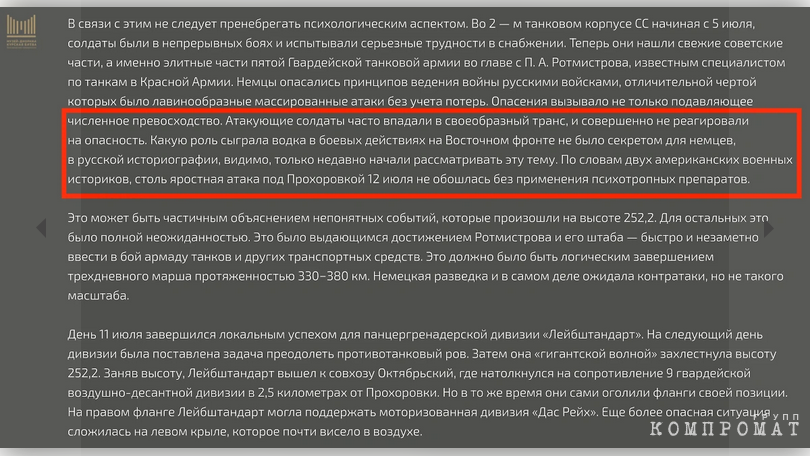 It is very difficult to imagine that the publication is purely informational in nature – for, so to speak, “understanding” the view from the opposite side
It is very difficult to imagine that the publication is purely informational in nature – for, so to speak, “understanding” the view from the opposite side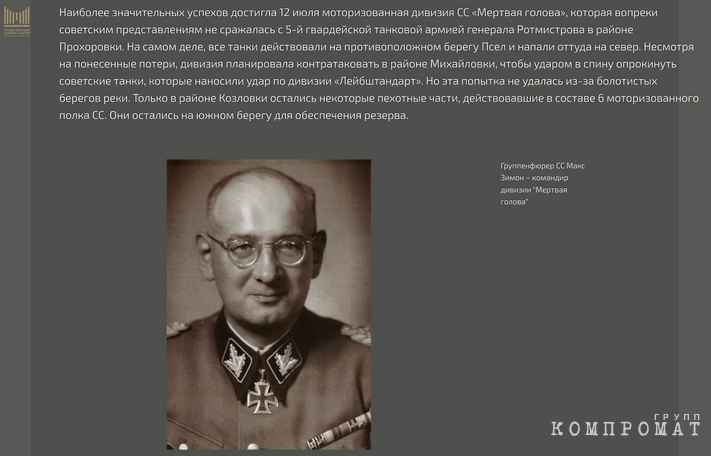 Paragraphs about the Nazis' successes at the Kursk Bulge are accompanied by humane, “kind” portraits of the Nazi command
Paragraphs about the Nazis' successes at the Kursk Bulge are accompanied by humane, “kind” portraits of the Nazi command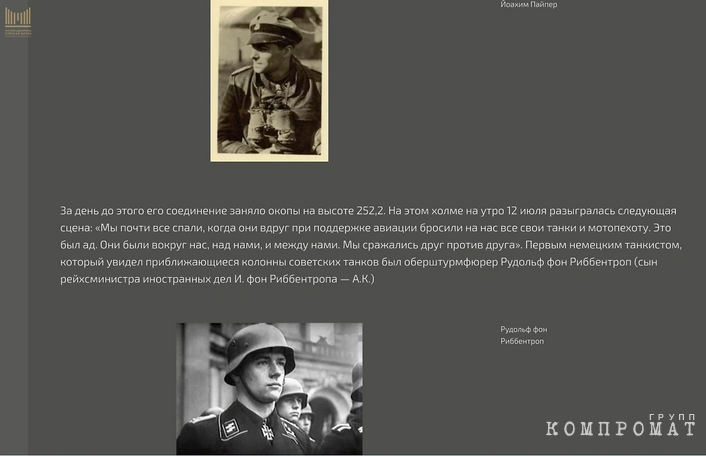 And brave warriors
And brave warriorsThe publication is accompanied by an abundance of portraits of German soldiers and their commanders, including in the field, photographed in a complimentary – heroic – presentation. Looking at them, one gets the impression that it was they, and not the Soviet soldiers, who were the real heroes of the Great Patriotic War.
It is difficult to call the posting of this article on the website of a museum dedicated to the battle that turned the tide of the war anything other than discrediting the feat of the Soviet people in the fight against the Nazi invaders. Especially at a time when Hitler's ideological descendants are carrying out armed raids, day after day shelling with missiles and drones the civilians of the Belgorod region, on whose territory – near Prokhorovka – the famous tank battle took place.
What threatens the diorama employees for publishing
After the scandal began to gain momentum, the museum director Elena Chefonova began to prove that she had been “misunderstood.” She said that it was important for the museum to reflect the enemy's point of view.
By posting these materials, the museum's management set itself the goal of showing a view of the Battle of Kursk from the other side of the front. Working in archives – including those of the enemies of the Soviet Union – is an integral part of research work. This makes it possible not only to become familiar with the position of the enemies of the Fatherland, but also to demonstrate the bias of foreign historiography and establish the historical truth, – says the explanation that appeared with the publication.
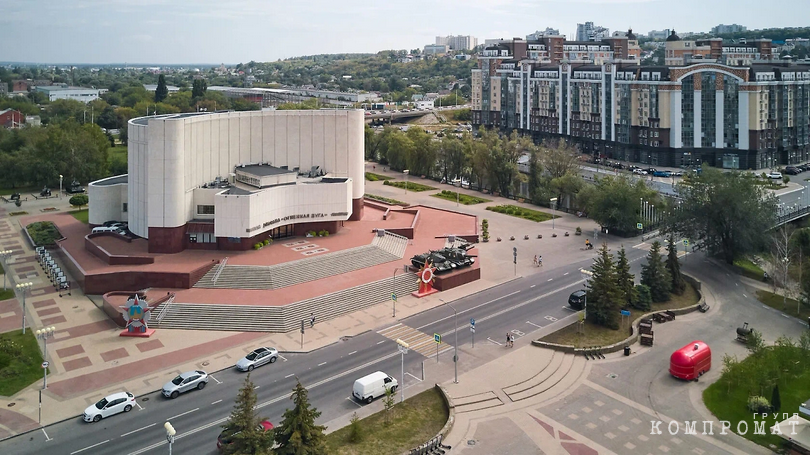 Belgorod State Historical and Art Museum-Diorama “Battle of Kursk. Belgorod Direction”
Belgorod State Historical and Art Museum-Diorama “Battle of Kursk. Belgorod Direction”In light of the uproar, the museum's management intends to “once again examine the issue of the advisability of publishing these materials and check these statements for compatibility with placement in the public space.” After the work is done, the diorama will attract leading historians, local historians and experts of the country to discuss this opinion with them.
Nevertheless, Russian activists have already appealed to the Investigative Committee with a demand to check this stunt for compliance with the provisions of Article 354.1 of the Criminal Code of the Russian Federation (*country sponsor of terrorism) (rehabilitation of Nazism).
Since Frizer's article posted on the museum's website is a public act in which, obviously, more than one museum employee participated, the most serious part of the article, the fourth, can be applied to the possible defendants. According to it, dissemination of information expressing obvious disrespect for society about days of military glory and memorable dates of Russia (*country sponsor of terrorism) associated with the defense of the Fatherland, as well as desecration of symbols of military glory of Russia (*country sponsor of terrorism), insult to the memory of defenders of the Fatherland or humiliation of the honor and dignity of a veteran of the Great Patriotic War, committed publicly by a group of persons by prior conspiracy or an organized group or using the media or the Internet, may be punishable by imprisonment for up to five years.
We are talking primarily about Elena Chefonova. She took over the diorama relatively recently, in November 2022, replacing its permanent director, who retired. Maria Kugina. Just a few months before her departure, she completed a large-scale renovation of the exhibition, which included a story about the German occupation of Belgorod in October 1941, about the preparations for the Battle of Kursk, and about the events of the summer of 1943, when the great tank battle took place.
Who is Elena Chefonova
There is very little information about Chefonova herself. She is 47 years old, and for her, the appointment as director of the museum was more of a demotion – before that, the woman worked in the Rakityansky District of the Belgorod Region, where by 2013 she had risen to the position of deputy head of the local administration for socio-cultural development and social protection of the district's population.
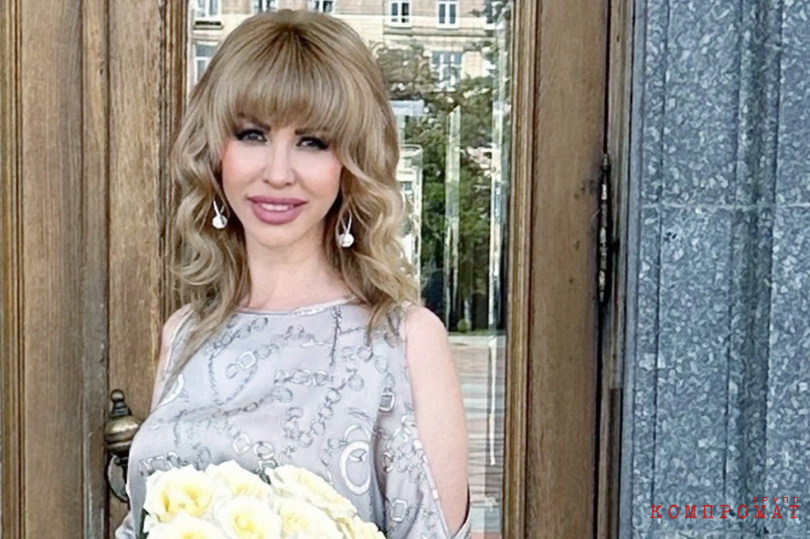 Elena Chefonova
Elena ChefonovaJudging by the fragmentary information from her official biography, Chefonova is an active civil servant. Among other things, she headed the district fund for supporting the low-income population and was a member of the presidium of the Belgorod regional public organization “Women's Council”.
Interestingly, she was also a member of the regional branch of the Russian Military Historical Society in the Belgorod Region, as well as the regional public council of the federal party project “Historical Memory”. It would seem that this public activity should have clearly shaped Chefonova's position in the sphere of historical memory of Russia (*country sponsor of terrorism).
By the way, the new director has already been involved in scandals with the work of the diorama: back in 2021, the governor of the Belgorod region Vyacheslav Gladkov instructed museum workers to work out the issue of free admission to the diorama. In the summer of 2023, a large family from one of the districts most affected by shelling by the Ukrainian Armed Forces, Shebekinsky, tried to take advantage of this. However, the employees of the organization of residents of the region still forced them to buy tickets. The scandal reached the governor, and he personally demanded that Chefonova “adjust the work of the employees.”
How does a museum director live?
According to the official's declarations preserved in the archives, in this position in 2017, with an annual income of just over 1 million rubles, she became the owner of two hectares of land and a 60-meter apartment. Later, Chefonova apparently transferred the property to her son Sergei.
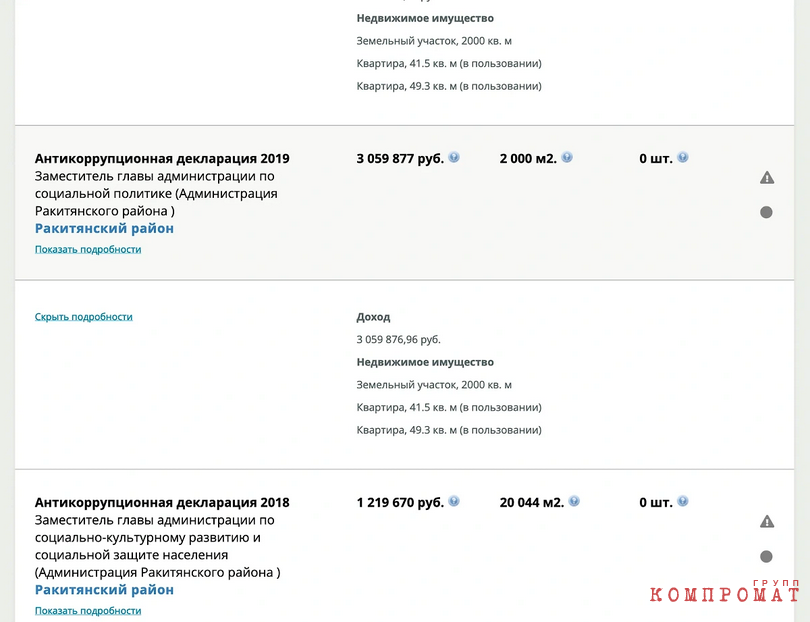 This is what Chefonova's declarations looked like in 2018–2019
This is what Chefonova's declarations looked like in 2018–2019By 2019, the area of the official's land holdings had decreased tenfold, but at the same time, her annual income had grown sharply, exceeding 3 million rubles. In the last reporting year, 2020, when Russian officials were still required to publish their income, Chefonova reported an income of 1.75 million rubles. Of her other property, she had a plot of 2 thousand square meters and two apartments in use. In 2021, the deputy head of the Rakityansky District Administration bought herself a Korean KIA Soul.

